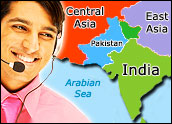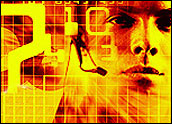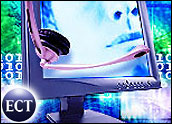
The global outbound dialing market — dominated by equipment vendors includingAspect, Avaya, Genesys, Nortel and Cisco — not only is saturated in many regions, especially North America, but also is facing stiff headwinds, according to a new study by Frost & Sullivan.
These challenges include a growing backlash against outsourcing, reluctance to upgrade on the part of cost-conscious companies and intense competition in a mature segment.
Growth Drivers Trump Challenges
Despite the ominous signs, Frost & Sullivan analyst Michael DeSalles told CRM Buyer, significant drivers of growth still exist:
- More robust markets in Asia and Latin America;
- New dialing technologies that allow a contact center to more quickly connect to the customer and otherwise provide proactive service;
- Recent mergers and acquisitions, and
- The need for many contact centers to update equipment.
“The challenges do not outweigh the drivers,” he added.
The outbound calling market earned revenues of US$174 million worldwide in 2005 and is likely to reach $210 million in 2011, according to Frost & Sullivan estimates.
End User Demand
One of the key drivers that will overcome the barriers, DeSalles said, is the ongoing development or refinement of existing customer care processes and technologies.
Predicative dialing, for example, has trifurcated into three segments of service: just-in-time dialing, optimal call dialing and precise dialing.
The former two were developed to ensure that calls would be sent out when customers were most likely to be at home. In the case of precise dialing, the goal was to make sure a service rep would be on the other end when the customer picked up.
Applications are becoming easier and easier for end-users to manage, DeSalles pointed out. They minimize administrative duties, which means companies are more likely to spend on the technology.
Also, contact centers are becoming more adept with their workforce management and scheduling functions, he noted, which helps to keep costs down.
Call-blending contact centers — those that handle both inbound and outbound calls — “are very efficient,” added DeSalles, “because the agents are better utilized during low traffic periods.”
A Global Growth Story
That said, he does not foresee a return to the halcyon days of contact center equipment sales — at least in the North American markets. “New technology, for example, is not going to change the landscape to any significant degree.”
Elsewhere, though, growth is more robust for this sector — particularly in the Asia Pacific region, which experienced double digit growth in 2005 over 2004.


























































